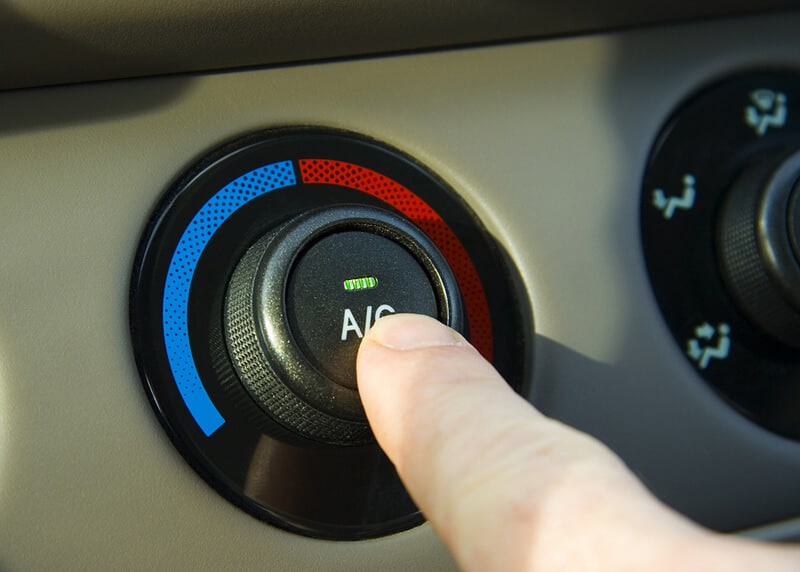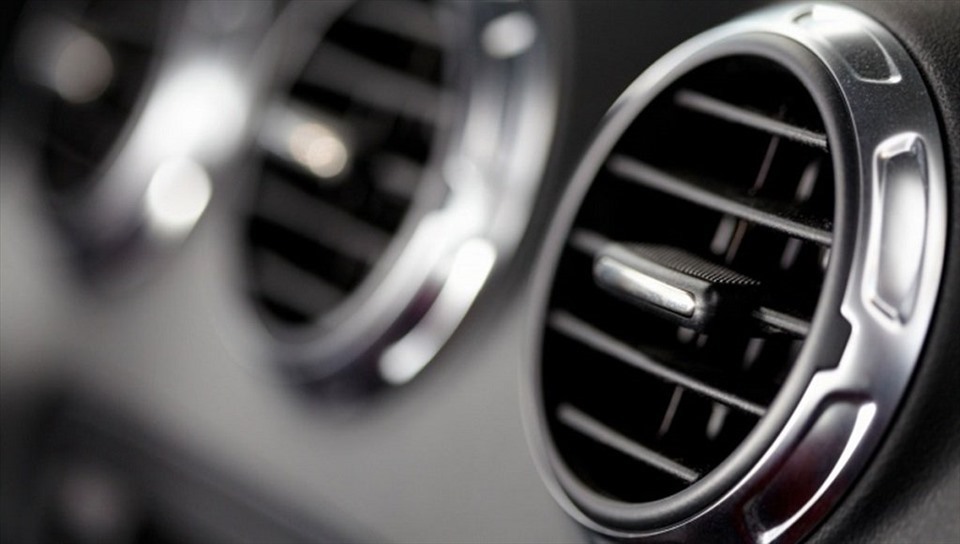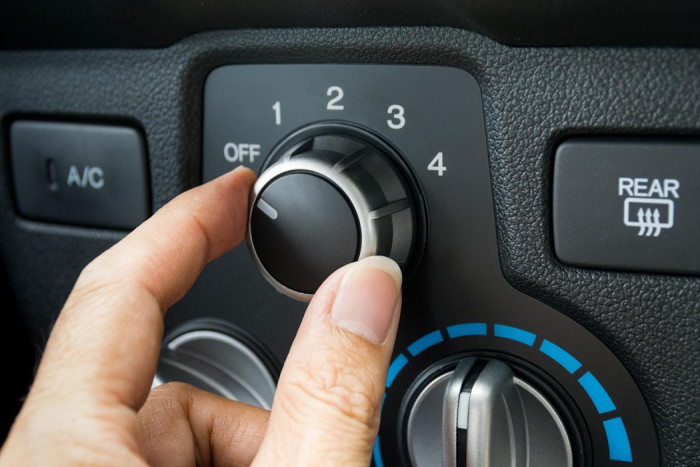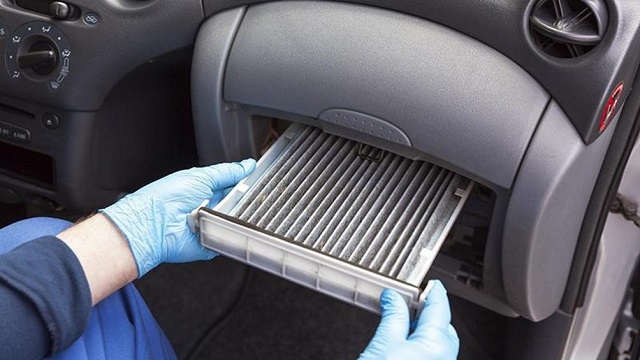System car air conditioner can lose 25% more fuel if used improperly. Therefore, to save fuel consumption due to air conditioning, reduce the cost of using the car - follow the 8 tips for using car air conditioner suggested below.
Sitting in the cockpit, turning on the car's air conditioner and then starting the car is a habit of many drivers. However, this is not appreciated by experts in car care and repair. When the car is stationary and the doors are closed, the temperature inside the car (in summer) will be higher than outside. If the air conditioner is turned on immediately, the cooling process takes longer and consumes more fuel. This also puts a lot of pressure on the air conditioner, reducing the life of the equipment.
So when entering the car, you can lower the car window for 2-3 minutes to circulate the air, releasing hot air; or turn on the blower first if the car compartment is too hot. Then start the car and then turn on the air conditioner.

After that, users can gradually increase the cold level and fan speed to adapt themselves. In case you want to stop the car or turn off the engine, you must turn off the air conditioner A / C first, turn off the fan and then open the door and step outside.
Many drivers, when they first turn on the air conditioner, immediately choose the lowest temperature mode to cool faster. However, this costs a lot of energy, causes the air conditioner to work overload, affects the life of the cooling system and can cause thermal shock to users. Therefore, when starting the air conditioner, it is necessary to set the temperature at a moderate level (not too cold) and then slowly adjust to suit the needs.
To save gas for car air conditioners, you also need to pay attention to the air intake mode (internal air intake mode and external air intake mode). Experience is that after turning on the air conditioner, choose the mode to get the inside air so that the cooling system is not overloaded, the working efficiency is also better.
During the move, the choice of wind mode can be changed flexibly. For example, if you go on a long trip, through a cool, fresh air area, you can switch to the mode to get outside air. This helps provide enough oxygen for the occupants of the car and ensures good air circulation in the car. In rainy, humid, polluted areas, choose the mode to get the wind inside to prevent the car from getting moldy.

>>> Related posts: Cause, How to Fix Air Conditioner No Wind Goes Out
Keeping the cabin cool helps the cooling process take place faster, reduces air conditioning pressure, and saves fuel.
Some ways to keep the car compartment cool: stick frosted glass or use more curtains and sunshades on car windows when it's hot. They will limit direct sunlight, avoiding "heating" the space in the car. When parking the car outdoors, the driver should choose the most shady spot so that when returning, the "dear driver" does not overheat. The windows should also be lowered by 1-2 cm so that the air flows inside and outside the car circulate together.
You can turn off the air conditioner, lower the window in shady conditions or run through the road with fresh, clean air, speed below 80km / h to save fuel.
And when the car is running over 80km/h, it is not advisable to save this way because the amount of fuel consumed by the car to compensate for the wind resistance when lowering the glass is more expensive than the fuel used for the air conditioner.
Before you want to turn off the engine about 5-10 minutes, you should turn off the air conditioner, still keeping the fan to save fuel. This period is enough for the body to get used to the temperature, avoiding heatstroke when going out. You also don't have to worry about discomfort in the last minutes to the destination, because even if the air conditioner is turned off, the cold will still be maintained for a while.
In addition, this also avoids standing water on the air vents, making the car smelly and moldy.

When going through a flooded area, the car will be "inactive", the engine needs a large capacity to operate, so it consumes a lot of energy. At this time, turn off the air conditioner, the fan will help save fuel, reduce the load on the car to better overcome water resistance, and avoid stalling.
In addition, turning off the air conditioner when going through a flooded area also protects the safety of the car. Because car air conditioners always have ventilation fans to help get air from the outside, if the water is high enough to reach the exhaust fan, it will suck water and garbage into the engine compartment, easily damaging the car.
Finally, you should have your air conditioner serviced periodically at service shops and professional garages. A "healthy" air conditioner will maximize performance, avoiding increased fuel consumption.
The locations that need to be checked and maintained are usually: outdoor unit, indoor unit, return air filter, blower... How to Fix Car Air Conditioning System).

Revealed article 8 how to save gas for car air conditioner. Hope the above sharing will be useful to you. For more interesting and related information, you can check out other articles on the web thanhphongauto.com.
Cars Care Service Price Sheet At Thanh Phong Auto HCMC VietNam:
* The cars that we have mechanics: Mercedes, BMW, Audi, Lexus, Toyota, Honda, Mazda, Mitsubishi, Kia, Daewoo, Hyundai,Ford, Nissan, Volkswagen, Porsche, Chevrolet, Rand Rover, Innova, Fortuner, Vios, Fiat, Bugatti, Ferrari, Bentley, Hummer , Chrysler, Dodge, Renault, Cadillac, Volvo, Subaru, Daihatsu, Ssangyong, Roll-Royce, Peugeot, Smart Fortwo, Tobe M'car, Luxgen, Zotye, Haima, Geely, Baic, Hongqi, Cmc, Mini Cooper, Buick, Opel, Acura, Aston Martin, Vinfast, TQ Wuling.
To keep your vehicle running properly at all times, we offer a number of services that are carried out by our certified, expert auto service and repair technicians who have years of experience performing everything from oil changes to a complete engine overhaul.
LEAVE COMMENT